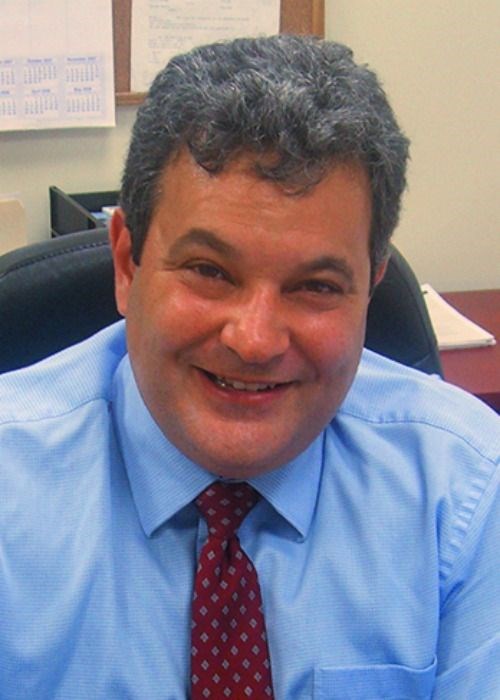The Everyday Mold Experience
Maintenance and repair are critical to meeting manufacturing goals.
A tooling division manager once said, “Mold maintenance and repair are part of our everyday experience, and they are likely the two primary factors that can help reduce mold downtime.”
Most, if not all, of our readers would likely agree with that statement, simply because it is critical that the molds they build help their customers realize manufacturing goals. The primary goal of every toolroom is to keep or get a mold back in the press doing what it was designed to do. Establishing a proactive mold maintenance plan and continuing to train personnel on repair techniques is essential to accomplishing that goal.
A mold will run well and for a long time if it is set up, maintained and stored correctly. When problems such as small leaks, wide parting lines and mold surface damage do arise, getting them fixed immediately will avoid the need for bigger repairs.
In many molds, a key component for reducing material usage and increasing cycle times
is a hot runner system, and maintaining it is critical for keeping that mold running. On page 4 we review 13 checkpoints for minimizing problems and maximizing efficiency in
hot runner operation. Proper mold cleaning is also essential, and one method is reviewed on page 8.
Challenges come in many forms with mold repair, from replacing ejector pins to remaking damaged core pins to troubleshooting electrical problems to re-qualifying damaged cavities to the unavoidable mold crash. Welding is one of the few longer-term, cost-effective repair solutions, and to avoid delays, some shops such as the ones featured in the story on page 12 keep welding capabilities in-house.
Moldmakers should also consider monitoring their molds. One way that can be done is with an electronic device that fits into the tool to track activity beyond mold cycles completed. The article on page 16 explains how mold monitoring can help identify underperforming tools and determine when to build new ones.
We’ve heard it said that the function of a toolroom isn’t to build molds, it’s to keep a substan
tial number of active molds capable and available to run. The purpose of this annual supplement is to present strategies, processes and technologies to help moldmakers do just that. We hope you continue to find it a useful tool.
Related Content
-
Machine Hammer Peening Automates Mold Polishing
A polishing automation solution eliminates hand work, accelerates milling operations and controls surface geometries.
-
Exploring ISO 9000 - Part 16 Control of Quality Records
A Series of International Standards for Quality Management and Quality Assurance. We begin 2022 with a review of Clause 4.16 Control of Quality Records.
-
2021 30 Under 30 Honors Program: Mentoring in the Next-Generation of Moldmaking Professionals
Young professionals are vital to the moldmaking industry, and it is important to acknowledge those making strides in shaping the industry's future. MoldMaking Technology recognizes the industry's young talent through its 30 Under 30 Honors Program.








_300x250 1.png;maxWidth=300;quality=90)
.jpg;maxWidth=300;quality=90)





.jpg;maxWidth=970;quality=90)